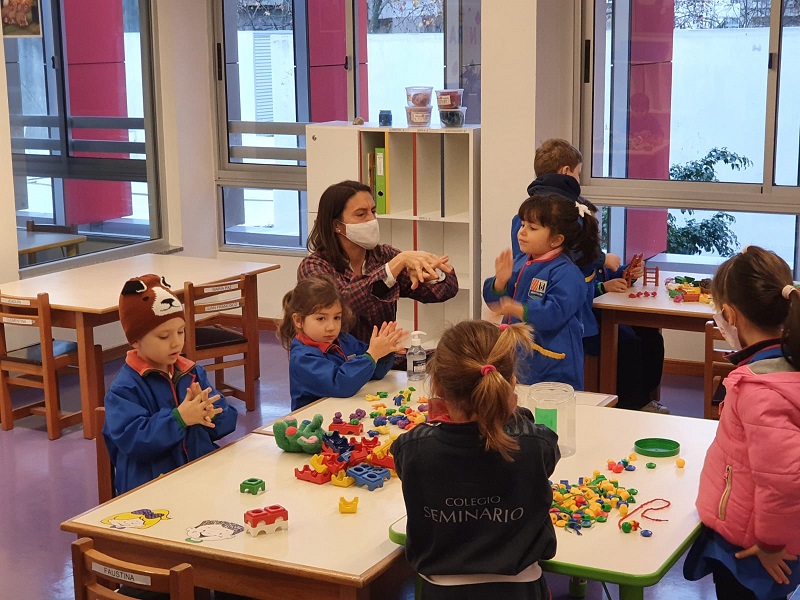Happy to meet you again!
After 3 months at home and with “virtual” meetings, our students are starting to return to in-person classes. It is a good time to take a look at the food they receive, when they suddenly resume a new rhythm of activity.
- The diet should be varied and balanced.
- Menus must be adapted to the individual, family and economic characteristics of the family.
- In younger children, when introducing new foods it is best to do so gradually and at the beginning of each meal, when the child is most hungry. It is advisable to insist in this way several times until the child gets used to it and becomes fond of the food.
- Food should never be used as a reward or punishment, as this can lead to negative eating behaviors: indulgence, rejection or aversion to certain foods.
- If the child does not eat during a meal, wait until the next feeding so as not to lose the rhythm of the schedule.
- Moderate the consumption of “empty calories” (sweets, candy, snacks…), especially between main meals, so that they eat what they need to eat on time.
- Keep in mind that breakfast is one of the most important meals of the day. It should include at least one dairy product and cereals (cookies, breakfast cereals, toast, homemade cakes, etc.). If it also includes a fruit or its juice, even better.
- At lunch or snack time, you should encourage eating homemade sandwiches, fruits and dairy products.
Children are constantly growing and developing their bones, teeth, muscles, and other parts of their body, so they require a greater proportion of nutrients - in relation to their weight - than adults.
Energy or calorie needs are determined by the child's basal metabolism, growth rate and, above all, activity level. There are certain measures that will not only help them meet their nutritional needs at this age, but also help them adopt appropriate dietary habits for a healthier future.
Gianella Pedemonte
Bachelor of Nutrition
